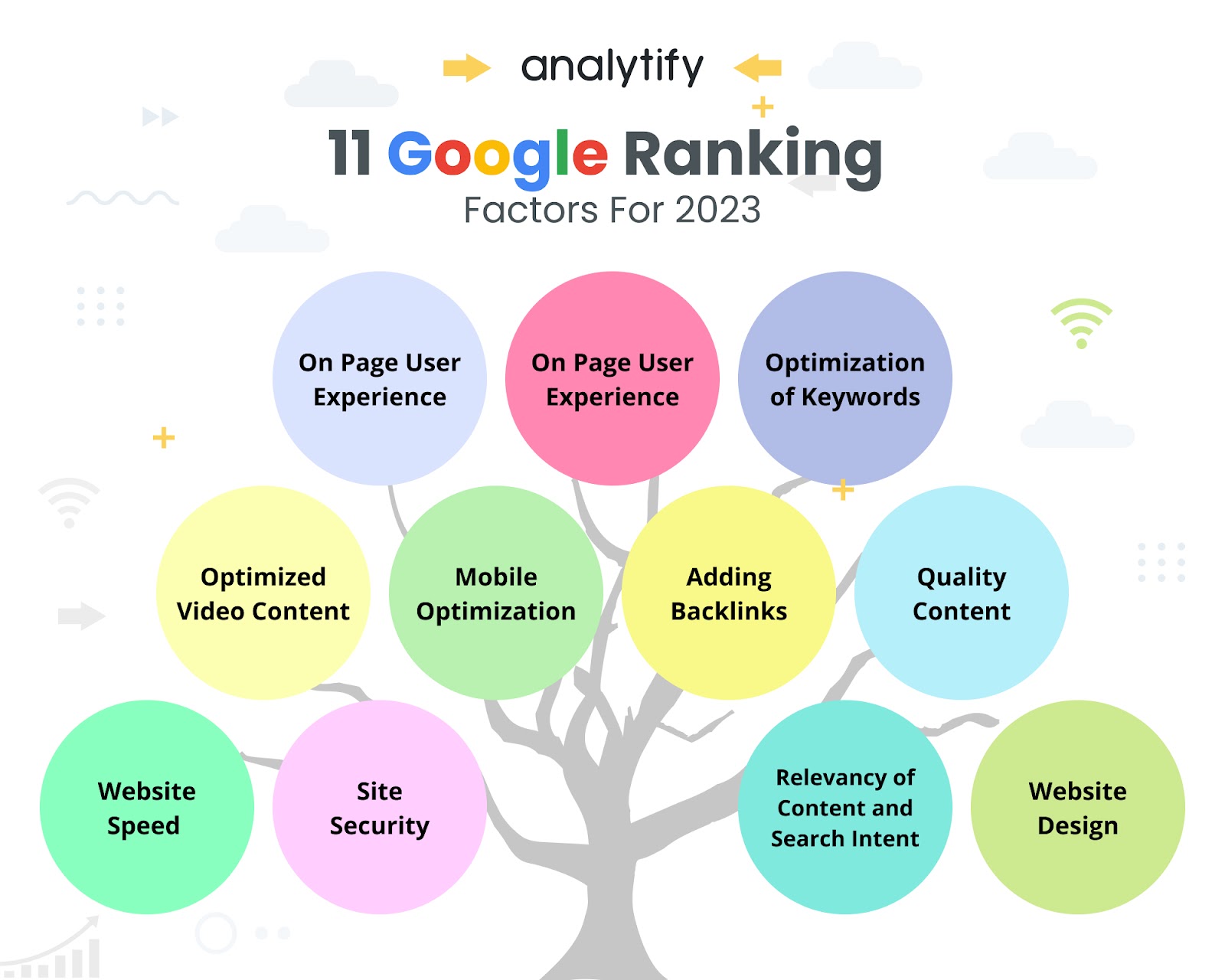In today's digital age, understanding how Google ranking test works is essential for anyone looking to improve their website's visibility. Whether you're a small business owner or a seasoned digital marketer, mastering the art of ranking on Google can make all the difference in attracting more visitors to your site. This comprehensive guide will walk you through everything you need to know about Google ranking tests, from the basics to advanced strategies.
Search engine optimization (SEO) has become a crucial aspect of online marketing, and Google remains the dominant player in the search engine landscape. As such, learning how to conduct effective Google ranking tests is vital for ensuring your website ranks higher in search results. This article will provide you with actionable insights to help you achieve better rankings and drive more organic traffic to your site.
Our focus will be on delivering value, ensuring that you gain practical knowledge that can be applied immediately. By the end of this article, you'll have a clear understanding of the factors that influence Google rankings, how to perform ranking tests, and strategies to improve your site's performance.
Read also:Exploring Chaturbate Online A Comprehensive Guide To Live Streaming And Digital Entertainment
Understanding Google Ranking Factors
Before diving into the specifics of Google ranking test, it's important to familiarize yourself with the key factors that influence how websites are ranked. These factors are constantly evolving, but some core elements remain consistent. Below are the main factors to consider:
1. Content Quality
High-quality content is one of the most critical ranking factors. Google prioritizes websites that offer valuable, relevant, and well-researched content to users. Ensure that your content addresses the needs and interests of your target audience.
- Use long-form content to cover topics in-depth.
- Incorporate multimedia elements like images, videos, and infographics.
- Regularly update your content to keep it fresh and relevant.
2. Backlinks
Backlinks, or links from other websites to yours, are a strong indicator of a site's authority. Google interprets these links as votes of confidence. However, it's essential to focus on acquiring high-quality backlinks from reputable sources.
For example, a study by Ahrefs found that pages with more backlinks tend to rank higher in search results. This highlights the importance of building a strong backlink profile.
Conducting a Google Ranking Test
Now that you understand the key factors influencing rankings, let's explore how to perform a Google ranking test. This process involves analyzing your website's performance and identifying areas for improvement.
1. Setting Up Your Test
To begin, you'll need to define the scope of your test. Determine which pages or keywords you want to analyze and establish clear objectives. Here are some steps to follow:
Read also:Where Is Sandra Bullock Now A Deep Dive Into Her Life And Career In 2023
- Select target keywords that align with your business goals.
- Identify competitor websites for comparison.
- Set a baseline for current rankings using tools like SEMrush or Ahrefs.
2. Analyzing Results
Once your test is underway, it's crucial to monitor the results closely. Use analytics tools to track changes in rankings, traffic, and other key metrics. Pay attention to any patterns or trends that emerge.
For instance, if you notice a sudden drop in rankings, it could indicate a technical issue or a shift in Google's algorithm. Addressing these problems promptly can prevent long-term damage to your site's performance.
Optimizing for Google Rankings
Improving your Google rankings requires a combination of strategies tailored to your website's unique needs. Below are some proven techniques to enhance your site's visibility:
1. On-Page SEO
On-page SEO involves optimizing individual web pages to rank higher in search results. This includes optimizing titles, meta descriptions, headers, and content. Here are some tips:
- Use relevant keywords naturally throughout your content.
- Ensure your meta descriptions are compelling and include target keywords.
- Optimize images with descriptive alt tags and filenames.
2. Technical SEO
Technical SEO focuses on improving the technical aspects of your website, such as site speed, mobile-friendliness, and crawlability. These factors play a significant role in Google's ranking algorithm.
According to Google's own research, page load speed can significantly impact user experience and, consequently, rankings. Implementing caching, compressing images, and leveraging browser caching are just a few ways to improve site performance.
Long-Tail Keywords and Their Role
Long-tail keywords are phrases that are more specific and less competitive than broader keywords. They often have lower search volumes but higher conversion rates. Incorporating long-tail keywords into your Google ranking test can yield significant benefits.
1. Identifying Long-Tail Keywords
To find long-tail keywords relevant to your niche, use keyword research tools like Google Keyword Planner or Ubersuggest. Look for phrases with low competition and high relevance to your content.
2. Implementing Long-Tail Keywords
Once you've identified suitable long-tail keywords, integrate them naturally into your content. Focus on creating detailed blog posts, guides, and FAQs that address specific user queries.
User Experience and Its Impact on Rankings
User experience (UX) is a critical factor in Google's ranking algorithm. Websites that provide a seamless and enjoyable experience for users tend to rank higher. Here are some ways to enhance UX:
- Ensure your site is mobile-friendly and responsive.
- Minimize distractions and clutter on your pages.
- Optimize navigation to make it easy for users to find what they need.
Google's Core Web Vitals initiative emphasizes the importance of core metrics like Largest Contentful Paint (LCP), First Input Delay (FID), and Cumulative Layout Shift (CLS). Monitoring and improving these metrics can positively impact your rankings.
Competitor Analysis in Google Ranking Test
Analyzing your competitors' strategies can provide valuable insights into improving your own rankings. By studying their content, backlink profiles, and technical SEO practices, you can identify opportunities for growth.
1. Tools for Competitor Analysis
Use tools like SEMrush, Ahrefs, and Moz to gather data on your competitors' performance. These platforms offer detailed reports on keyword rankings, backlinks, and traffic sources.
2. Identifying Gaps and Opportunities
Once you've collected data, compare it to your own site's performance. Look for gaps in your strategy and opportunities to differentiate yourself from competitors. For example, if a competitor ranks well for a particular keyword but lacks quality content, you can create a more comprehensive piece to outperform them.
Google Algorithm Updates and Their Impact
Google frequently updates its algorithms to improve search results and enhance user experience. Staying informed about these updates is crucial for maintaining strong rankings. Below are some notable updates and their implications:
1. Core Updates
Core updates are broad changes to Google's ranking algorithms. While they don't target specific issues, they can significantly impact rankings. Regularly monitoring your site's performance during these updates can help you adapt quickly.
2. Panda and Penguin Updates
Panda and Penguin updates focus on content quality and link spam, respectively. Ensuring your site adheres to best practices in these areas can protect you from potential penalties.
Measuring Success with Google Ranking Test
After implementing your strategies, it's important to measure their effectiveness. Use metrics like organic traffic, keyword rankings, and conversion rates to evaluate success. Here's how:
- Track changes in keyword rankings using SEO tools.
- Analyze traffic patterns in Google Analytics to identify growth areas.
- Monitor conversion rates to assess the impact of your efforts.
Future Trends in Google Rankings
As technology continues to evolve, so do the factors influencing Google rankings. Staying ahead of these trends can give you a competitive edge. Some emerging trends include:
- Increased focus on AI and machine learning in search algorithms.
- Growing importance of voice search optimization.
- Expansion of local SEO to target hyper-local audiences.
Conclusion
In conclusion, mastering the art of Google ranking test requires a combination of knowledge, strategy, and persistence. By understanding the key factors influencing rankings, conducting thorough tests, and implementing effective optimization techniques, you can significantly improve your site's visibility.
We encourage you to take action by applying the strategies outlined in this article. Share your thoughts and experiences in the comments below, and don't hesitate to explore other resources on our site for further guidance. Together, let's elevate your online presence and achieve greater success in the digital world!
Table of Contents
- Understanding Google Ranking Factors
- Conducting a Google Ranking Test
- Optimizing for Google Rankings
- Long-Tail Keywords and Their Role
- User Experience and Its Impact on Rankings
- Competitor Analysis in Google Ranking Test
- Google Algorithm Updates and Their Impact
- Measuring Success with Google Ranking Test
- Future Trends in Google Rankings
- Conclusion

